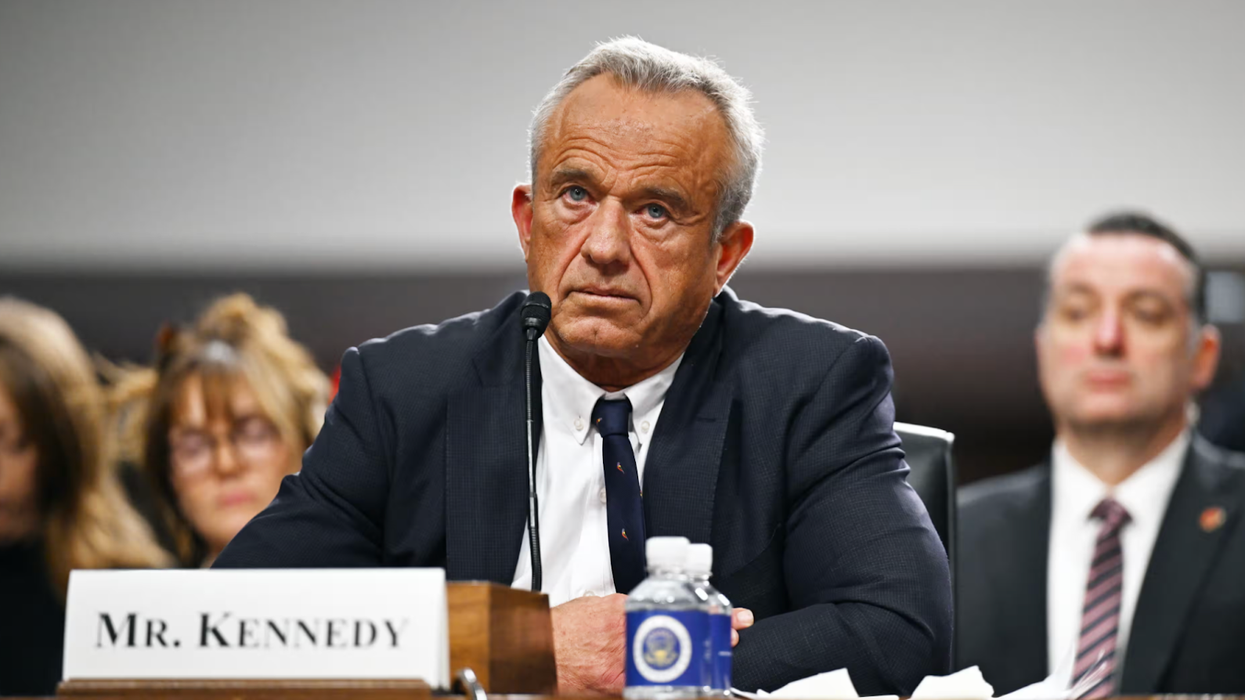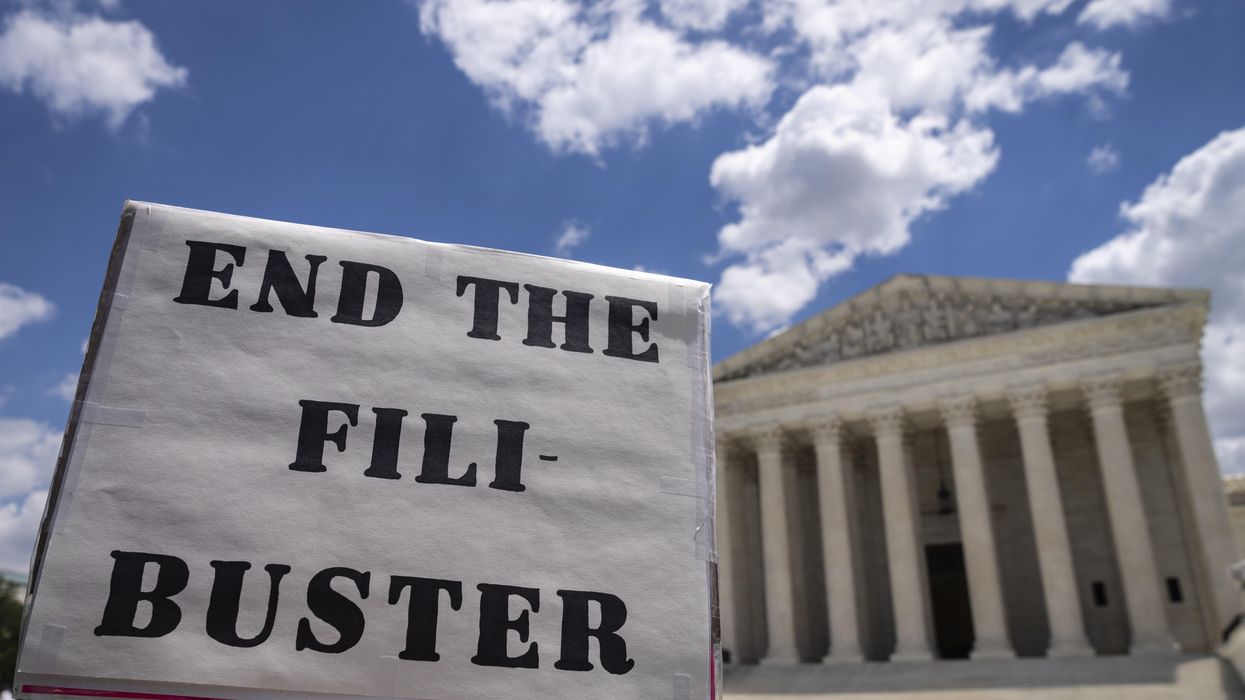Testifying in front of Congress this May, Health and Human Services Secretary Robert F. Kennedy Jr. assured lawmakers funding would not be cut for Head Start, a child care program that serves nearly 28,000 low-income children and families across Illinois.
Kennedy said during the meeting that he “fought very, very hard” to ensure Head Start would not be cut from next year’s budget. The Trump administration is committed to “preserving legacy programs like Medicare, Medicaid, and Head Start as the foundation of the MAGA agenda,” he said. DHHS will work to ensure Head Start “continues to serve its 750,000 children and parents effectively.”
Head Start providers across the country have been deeply concerned about the future of the 60-year-old program in recent months after widespread funding freezes and regional Head Start office closures have left many grantees without federal support or direction.
Despite Kennedy’s assurance of the program’s sustained funding, many Illinois Head Start providers remain wary about receiving the equivalent in grant funds as in previous years.
The Illinois Head Start Association (IHSA) receives over $478 million in federal funding for its Head Start and Early Head Start programs each year. According to internal grant data, the state has received $59 million less in federal funds than this time last year.
IHSA Executive Director Lauri Morrison-Frichtl said that while it’s a “really good win” for the organization to avoid elimination, any pattern of continued funding delays could have devastating impacts on local providers.
“When it takes so long to draw down funds, and we can only hold on to those funds for three days, it puts the program in a bind because some of them don't have reserves that they can lean through,” said Morrison-Frichtl.
Federal regulations require that state-based agencies can only hold onto their grant funding for three days before it’s rescinded.
“What we're anticipating is that we're going to find more and more examples of programs waiting too long to receive their funding and they have no other option but to close their doors,” she said.
Morrison-Frichtl said she expects delays will continue to get worse as the Trump administration requires increased justifications for federal grant allocations, as in the case of the U.S. Department of Government Efficiency’s (DOGE) “defend the spend” initiative.
When grantees attempt to draw down their funds, they are required to enter a detailed description of what the money is being used for. Requests found “unsatisfactory” will be denied and have its funding stalled, according to DOGE.
Head Start offers numerous diversity, equity, and inclusion (DEI) initiatives built to assist children with severe disabilities, like language learning curriculum. These, Morrison-Frichtl said, are at risk. “We are so embedded in that work and we’re worried.”
In April, Illinois joined several other state Head Start organizations, including Wisconsin, Washington, and Pennsylvania, along with two other parent-led organizations in Oregon and California, in an ACLU lawsuit challenging the administration’s efforts to dismantle the organization without Congressional approval.
The lawsuit also alleges that federal efforts to remove programs geared towards DEI are “unconstitutionally vague” and violate the free speech of Head Start teachers and staff.
Providers remain unclear on how to avoid losing this funding, and this has caused internal disarray, the suit argues.
“This lawsuit was necessary to prevent the administration from attempting to illegally dismantle a program that is authorized by Congress and that does such crucial work in communities across the country,” said Allison Siebeneck, a senior supervising attorney at ACLU. “I think the administration underestimated just how popular [this program is] and just how many people have been personally impacted by Head Start,” she said.
Over the past 60 years, Head Start has served nearly 40 million children nationwide and more than 790,000 in the last year alone.
A majority of children who utilize Head Start services come from households where income is at or below the poverty level. These families frequently qualify for additional government aid programs like Temporary Assistance for Needy Families and Supplemental Nutrition Assistance Program (SNAP) benefits.
For a family of four, an income of $32,150 or less is considered below the poverty level, according to DHHS guidelines. The reconciliation budget proposal passed in the House would strip close to $300 billion through 2034 from SNAP, adding to uncertainty.
Shauntay Gregg has worked at the Loop Learning Center in Chicago—a Head Start grantee—for nearly 25 years. Gregg said the services do much more than just provide an early childhood education to at-risk children.
Roughly 15% of children enrolled at the Loop Learning Center are Head Start children. The center provides year-round child care to families in the South Loop neighborhood. (Credit: Loop Learning Center).
“What a lot of people don’t know is that Head Start covers the entire family,” said Gregg, who serves as the program administrator and Head Start coordinator for the Learning Center.
“We help [parents] re-enroll in school, budget, help with nutritional needs for their families. We try to offset any problems with transportation issues or medical issues,” she said.
Gregg said she has personally reviewed the resumes of parents and conducted mock interviews to help them feel comfortable in a formal setting. “I’ve seen [our services] help families move from literally being homeless to having a stable career [with] their children doing great in school. That was all because of Head Start,” said Gregg.
National evaluations of the program support the conclusion that a Head Start education offers numerous long-term benefits for children, including improved social and emotional development.
Without the support of these services, thousands of families across Illinois, and the country, would be left without sufficient child care.
“We're just thankful that we weren't eliminated, [but] we are concerned about the other programs,” said Morrison-Frichtl. “The ACLU lawsuit is really the protection around that until we can figure out where this administration is going to go with that work,” she said.
Claire Murphy is a master’s student in the investigative specialization at Northwestern University’s Medill School of Journalism. She is also a freelance journalist based in Chicago, IL.



















